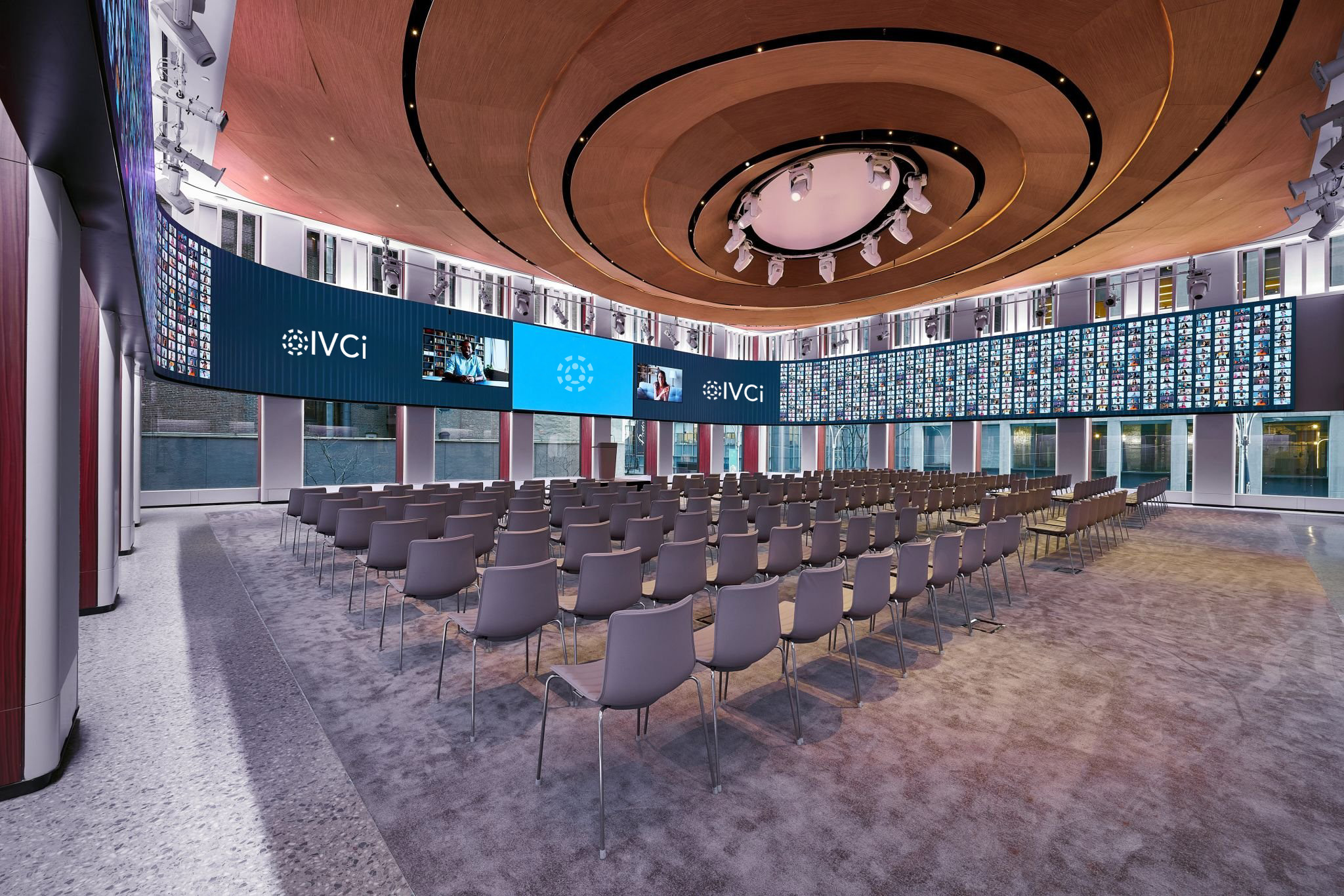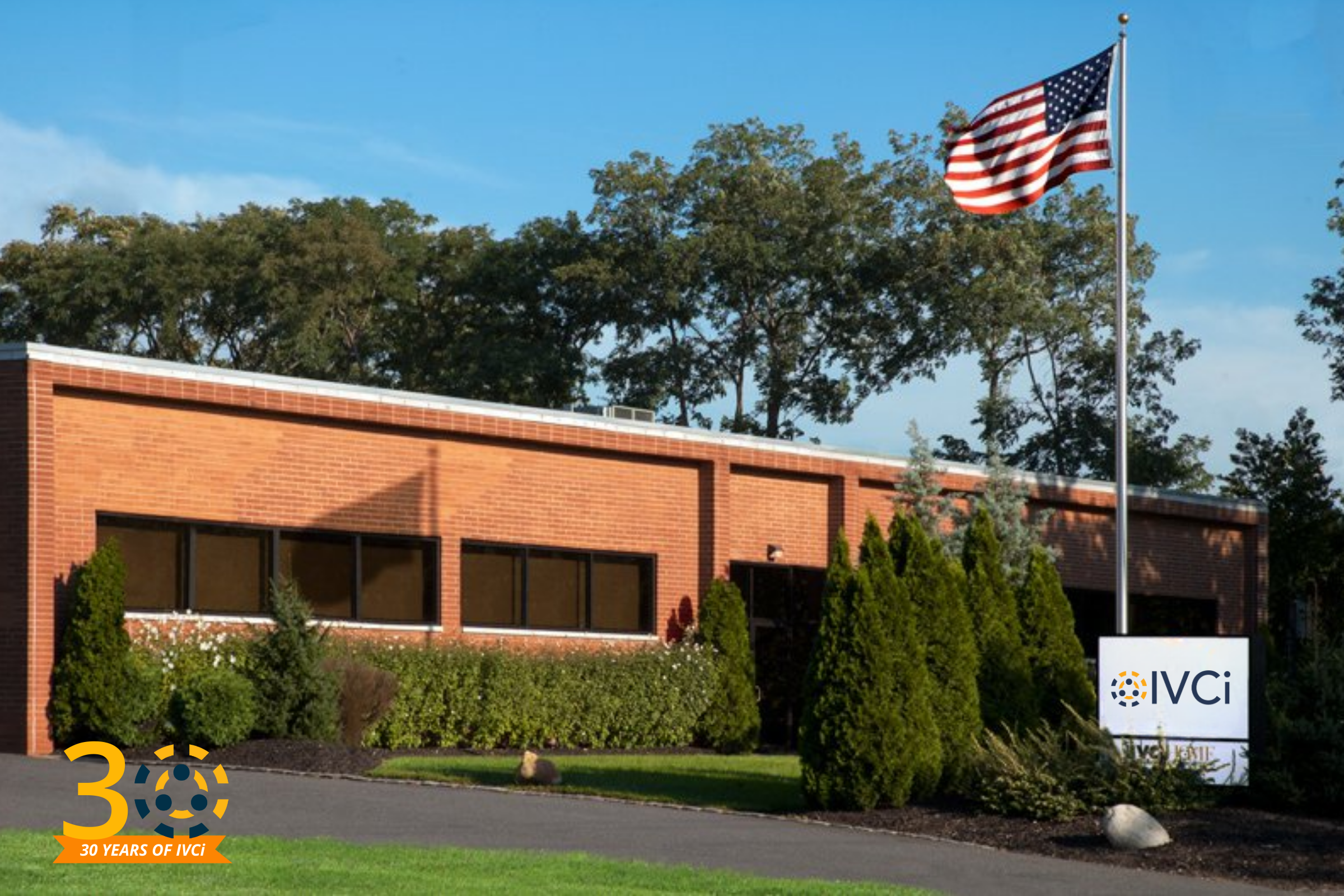When we think about healthcare during COVID-19, we typically think about the things that COVID directly impacted: hospital capacities, changed visitor policies, PPE shortages, and the frontline heroes that put themselves at risk every day to help people recover.
But there was another side of the coin — people who needed medical care for conditions other than COVID. People with chronic conditions, injuries, and severe illnesses needed a safe way to speak to doctors and other medical professionals.
Enter telehealth. Being able to virtually meet with doctors through video conference completely changed the way people approached healthcare during COVID-19. But with restrictions easing and more things returning to “normal,” many providers are keeping telehealth options available.
Is telehealth here to stay?
There is a really good chance that telehealth will remain a permanent option from many healthcare providers. It has brought many benefits to both patients and providers, including:
- More time efficient for both the doctor who does not have to have rooms prepped, and the patient who does not need to travel to their appointment.
- People have been shopping from home, working from home, learning from home, etc. They are used to virtual interactions and this falls in line with that.
- Older people or those with limited mobility can continue to seek healthcare independently.
- People in rural or underserved areas can access the nation’s top doctors.
- No outside factors like the weather (or a global pandemic) can interfere with much-needed healthcare.
How AV technology can make telehealth visits more efficient
If telehealth is here to stay, healthcare organizations need to make sure they are providing the best possible experience. AV conferencing companies can design and implement systems that make visits more efficient. Here are some ways the right AV setup helps:
- Face to face interaction – Healthcare providers and patients can have more effective communication when they can see body language; it also promotes the human element of an in-person visit.
- Better assessment of symptoms – High-quality video can help providers better recognize visual symptoms like swelling, rashes, and infections. Setting up telehealth systems without the help of dedicated AV technology could reduce quality.
- Strong audio and video – Similarly, having strong audio and video is necessary for efficient telehealth visits, so you’ll want to rely on professional grade equipment and installation for the best possible outcomes.
- Reliable and fast connections – Strong connections means patients and providers can join quickly, have uninterrupted visits, and effective discussions.
- Support at your fingertips – In the rare event that you experience technical difficulties, AV technology allows quick and easy access to dedicated support that will get your session up and running as soon as possible.
- Reduced costs – While the priority is ensuring top-level care, reducing costs is important too. AV technology can boost telehealth programs and allow organizations to dedicate less funding to office maintenance and more to research and treatments.
For these reasons, healthcare organizations should take a proactive approach to telehealth and get the assistance of experts. Audio video conferencing companies can focus on the technology so your organization can focus on what truly matters — the patients.





